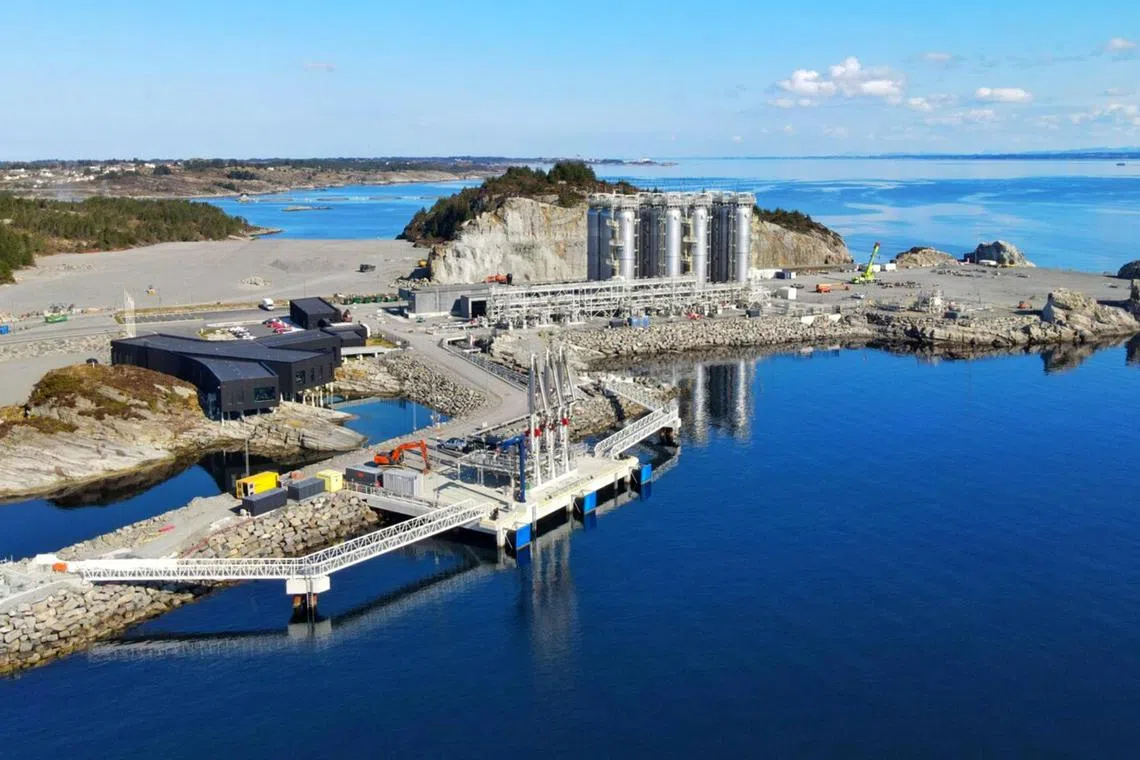For subscribers
Is South-east Asia storing up trouble with carbon capture and storage hubs?
Governments and big polluters are pinning their hopes on seabed storage for CO2 captured from industry, but some see it as a flawed climate solution.
Sign up now: Get ST's newsletters delivered to your inbox

Governments and big polluters are pinning their hopes on seabed storage for CO2 captured from industry, but some see it as a flawed climate solution.
PHOTO: EQUINOR
Follow topic:
By 2030 or even earlier, carbon dioxide (CO2), the main greenhouse gas captured from refineries, power stations and cement plants in East Asia could be transported by specialised tanker ships to South-east Asia for storage deep under the seabed.
The hope is that burying millions of tonnes of the gas will curb climate change. To make this happen, tanker ships will be built to carry it to sites offshore in Indonesia and Malaysia and possibly Thailand, Brunei and Australia. The payoff is a fee for every tonne of CO2 stored in depleted oil and gas wells or saline aquifers.


